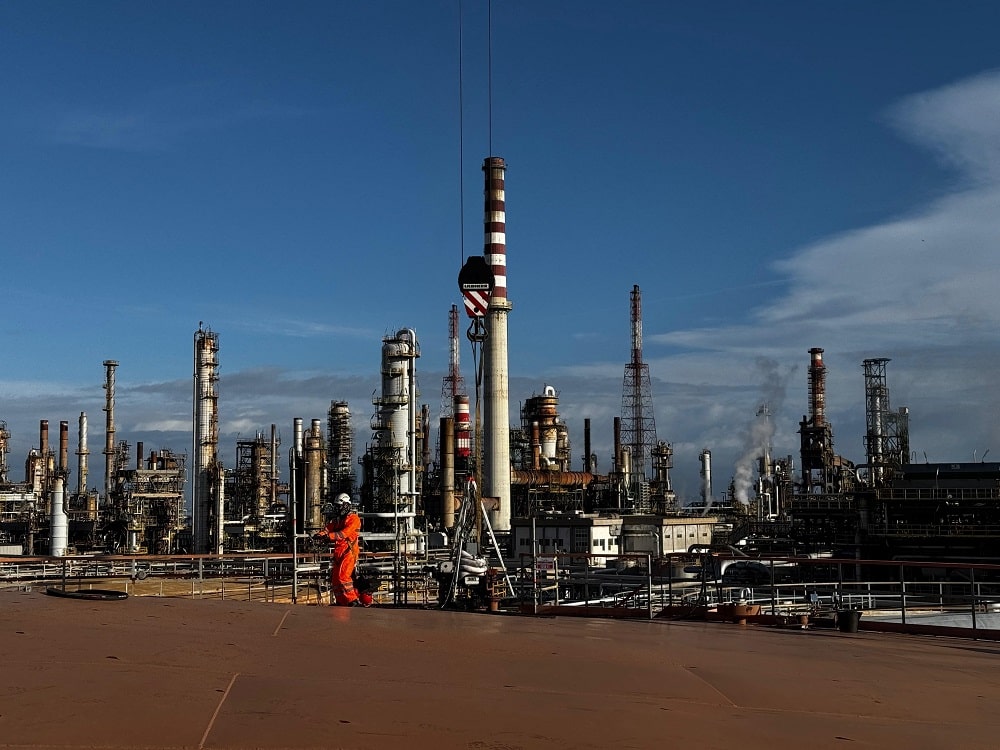Inspection Robots
What are Inspection Robots?
Inspection robots are specialized robotic systems designed to carry out examinations and monitoring tasks in challenging, hazardous or inaccessible environments, often referred to as “field” conditions. Equipped with advanced sensors, inspection robots efficiently collect data to evaluate the condition of critical industrial assets. Such robotic systems are increasingly utilized across various industries, including manufacturing, construction, energy and infrastructure maintenance. At AIS Field, we specialize in developing and deploying mobile robotic solutions specifically tailored for asset inspection in the energy, oil and gas sectors.

What are the benefits?
The deployment of inspection robots in industrial facilities offers numerous benefits, mainly in economic, technical, health and safety (HSE) and environmental dimensions.
Firstly, traditional inspection methods typically involve human intervention, which often leads to substantial operational downtime. Human inspections tend to be slower, less consistent, and prone to error compared to robotic systems. Furthermore, many assets must be taken offline to enable human entry. For example, storage tanks must be emptied, cleaned and inspected manually, a process that can last several months and incur significant costs. Inspection robots, however, can operate efficiently in confined spaces, under liquid or at elevated heights, significantly reducing downtime and associated expenses.
Secondly, even when human access is possible, data collection capabilities are considerably limited. Inspection robots, on the other hand, can continuously collect and transmit real-time data from multiple sensors, offering comprehensive coverage that human inspectors simply cannot match. This robust and detailed data collection is invaluable for implementing advanced Risk-Based Inspection (RBI) strategies, process optimization and machine learning applications, ultimately enhancing asset integrity management.
Health and safety considerations provide another compelling argument for robotic inspections. By eliminating the need for human entry into confined spaces or performing work at dangerous heights, inspection robots significantly improve worker safety. Thanks to ongoing advancements in digital technology, inspections can now be carried out autonomously or via remote control, allowing human personnel to focus on more critical and less hazardous tasks, ensuring their safe return home to their families.
Lastly, there are many environmental benefits linked to inspection robots. Preventing downtime reduces emissions and waste generated from traditional inspection processes. For instance, taking a storage tank offline requires venting, resulting in harmful emissions, and the disposal of sludge at the tank bottom poses environmental hazards. Robotic systems can either delay or entirely prevent these procedures, significantly mitigating their environmental impact.
How AIS Field can help you?
At AIS Field, we provide specialized robotic inspection services tailored to address the unique needs and challenges of our clients. By integrating cutting-edge digital technologies with practical industry demands, our goal is to deliver innovative, high-value solutions. We are committed to enhancing the technical, economic, social and environmental aspects of real-world challenges through continuous innovation in robotic inspections. Check our robotic systems from the following link: AIS Field Services.

